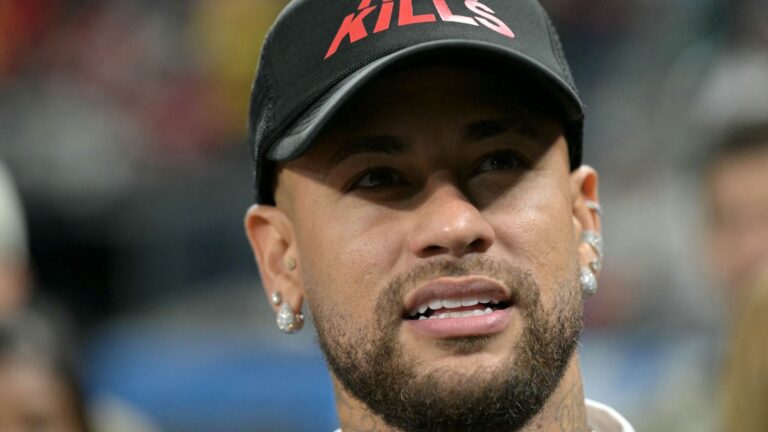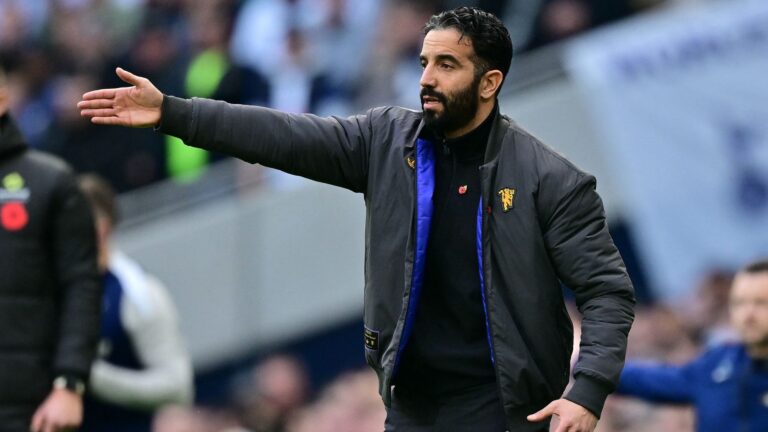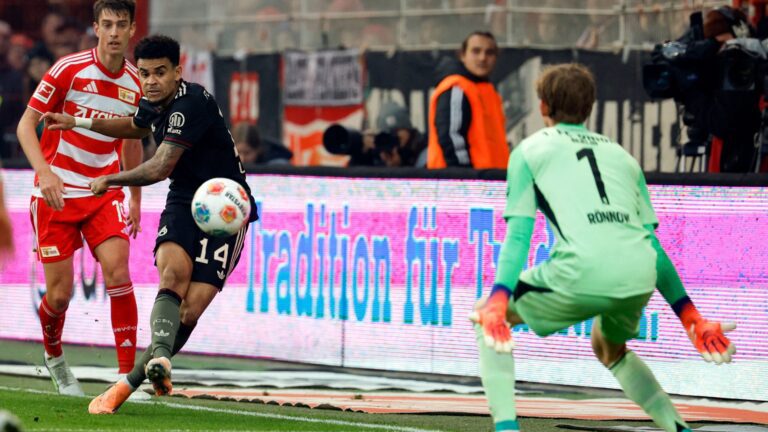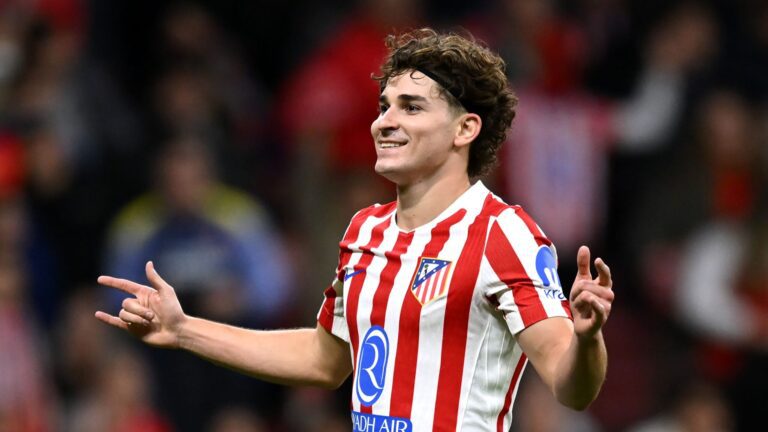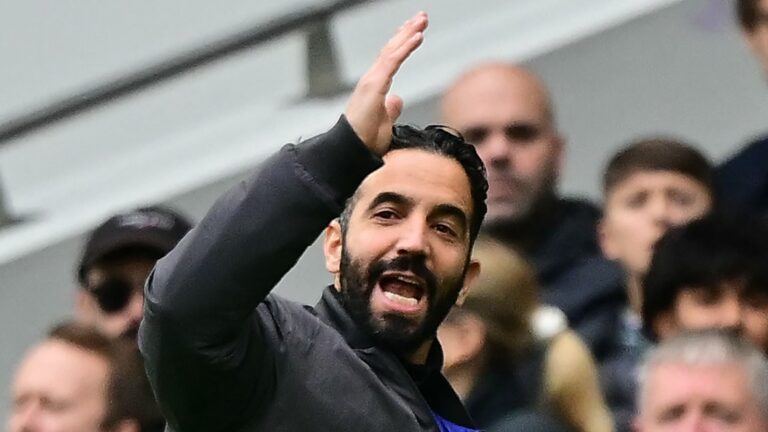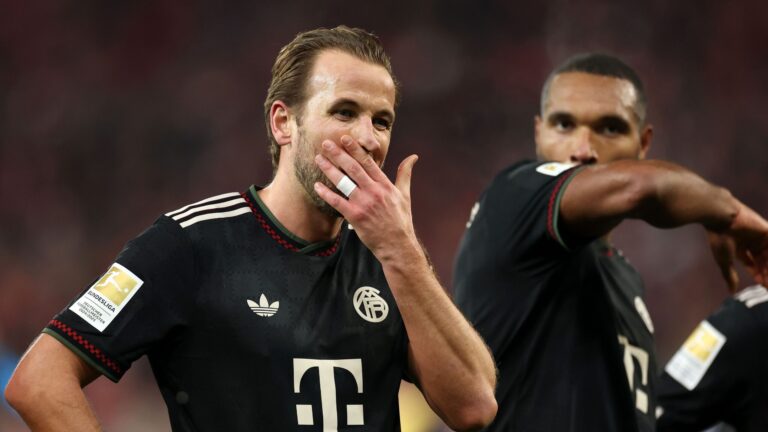From the Edge of Giving Up: Gvardiol’s Near-Switch from Football to Basketball
Gvardiol, the Manchester City defender, once contemplated abandoning his football aspirations for basketball, revealing a pivotal moment in his career that highlights the pressures young athletes face. This insight into his journey underscores the unexpected paths that can lead to global stardom in sports like football.
Gvardiol’s Impressive Rise in Professional Football
The Croatian star’s swift progression has marked him as a top-tier talent in global defense. Beginning his professional journey at Dinamo Zagreb, he secured consecutive domestic league championships before making a landmark transfer to RB Leipzig in 2021. There, his poise under pressure, precise distribution, and adaptive playing style helped him claim two German Cup victories. This success paved the way for a monumental £77 million ($102.5 million) move to Manchester City in 2023, positioning him among the highest-valued defenders ever. In his debut season, he contributed to winning the Premier League and the FIFA Club World Cup. Additionally, Gvardiol plays a crucial role for Croatia, aiding their third-place achievement at the 2022 World Cup.
Adapting to Multiple Defensive Roles
Despite a setback from a lingering knee issue that postponed his seasonal start, Gvardiol has fully recovered and become a vital player for Manchester City in domestic and European competitions. The 23-year-old’s exceptional technical prowess allows him to excel in central defense or at left-back, where his distribution skills have proven invaluable to the team’s strategies.
The Temptation to Pursue Basketball Instead
In a candid discussion with the BBC, Gvardiol shared how he nearly walked away from football due to his passion for basketball. He explained that uncertainty crept in when training sessions lost their appeal, prompting him to explore alternatives for greater satisfaction, especially as his peers were immersed in basketball. While his ultimate goal was to reach professional football heights, he never anticipated such rapid advancement. Reflecting on the past, he noted that envisioning himself at Manchester City by 2023, 2024, or 2025 would have seemed utterly unattainable just five years prior.
Regaining His Spot and Team Ambitions
Gvardiol has expressed contentment in returning to his preferred role on the left side of the defense. He emphasized a straightforward approach: focusing on safeguarding the net and maintaining defensive solidity. With fresh objectives for the current campaign, the team is set on achieving excellence, though he cautions that it’s premature to delve into specifics given the season’s length-they’re concentrating on one match at a time. Looking back, he admitted to pushing through discomfort last year, determined to contribute regardless of his physical state. That knee problem persisted through the summer but has now fully healed after several months.
Manchester City’s Recent Momentum and Future Fixtures
Following an uneven beginning to the season, with defeats in two of the first three outings, Manchester City has bounced back with an impressive streak of undefeated games, climbing the Premier League standings. Upcoming challenges include a league encounter away at Aston Villa, a League Cup match on the road against Swansea, a home clash with Bournemouth, and a Champions League showdown with Borussia Dortmund in November.
The Rise of a Manchester City Star with a Basketball Twist
Early Influences and Childhood Talents
In the world of professional football, it’s not uncommon for top athletes to have dabbled in multiple sports during their formative years. For Manchester City star Erling Haaland, his journey began with a blend of athletic prowess that extended far beyond the pitch. Growing up in Norway, Haaland was exposed to a variety of sports, including football, handball, and even basketball, which he played casually in local leagues.
Haaland’s early life was shaped by his family’s athletic background-his father, Alf-Inge Haaland, was a professional footballer himself. This environment fueled Haaland’s competitive spirit from a young age. But what many fans might not know is that basketball almost pulled him away from football entirely. During his teenage years, Haaland developed a strong affinity for the sport, thanks to its fast-paced nature and emphasis on individual skill, much like the quick striker role he excels at in the Premier League.
- Key milestones in Haaland’s youth:
- At age 12, he joined a local basketball club, where his height and agility made him a standout player.
- He often practiced dribbling and shooting hoops, skills that surprisingly translated to his football abilities, such as precise ball control and explosive speed.
- Haaland’s coaches noted his versatility, with one mentor describing him as “a natural athlete who could excel in any sport he chose.”
This period highlights how diverse interests can shape a young professional athlete’s career path, emphasizing the importance of exploring multiple passions before specializing.
The Moment He Considered Abandoning Football
Haaland’s flirtation with basketball reached a pivotal point during his mid-teens, when he faced a real dilemma about which sport to pursue professionally. At the time, basketball scouts in Norway took notice of his towering frame-standing at 6’4″-and his ability to dominate on the court. This led to offers for more structured training and potential opportunities in European basketball leagues.
The Manchester City star has shared in interviews how the allure of basketball nearly won him over. “I loved the freedom of the game, the way you could create magic with the ball in your hands,” Haaland once reflected. This internal conflict was exacerbated by the physical demands of football, which included injuries and the pressure of following in his father’s footsteps. For a brief period, Haaland contemplated focusing solely on basketball, seeing it as a fresh start away from the spotlight of football’s high expectations.
- Factors that influenced his decision:
- The global appeal of basketball, with stars like LeBron James inspiring young players worldwide.
- Physical advantages: Haaland’s speed and jumping ability aligned perfectly with basketball’s requirement for athleticism.
- Social aspects: Basketball offered a team dynamic similar to football, but with less media scrutiny at the grassroots level.
Ultimately, what kept him tethered to football was his innate love for the game and the mentorship he received from coaches who recognized his potential as a goal-scoring machine. This story serves as a reminder of how even top Manchester City players face crossroads that could alter their paths forever.
How Basketball Shaped His Football Skills
Although Haaland chose football, the skills he honed in basketball have undoubtedly influenced his performance on the field. Experts in sports psychology often point out that cross-training in different disciplines can enhance overall athleticism. For Haaland, the agility and hand-eye coordination from basketball translated seamlessly into his role as a forward, allowing him to make split-second decisions during matches.
In particular, his ability to leap for headers and maintain balance under pressure echoes the vertical jumps and defensive maneuvers from his basketball days. Manchester City fans have seen this in action during crucial Premier League games, where Haaland’s explosive finishes often leave defenders in awe. Training routines for professional athletes like Haaland now frequently incorporate elements of multiple sports to build well-rounded capabilities.
- Benefits of his basketball background:
- Improved footwork: The quick pivots and changes in direction from basketball enhanced his dodging skills on the pitch.
- Mental toughness: Competing in basketball’s high-stakes one-on-one situations built resilience, helping him handle football’s intense rivalries.
- Tactical awareness: Understanding spacing and timing in basketball has aided his positioning in attacking plays for Manchester City.
This integration of skills underscores a broader trend in elite sports, where versatility can be a key differentiator for success in the Premier League and beyond.
Challenges and Triumphs in Pursuing a Professional Career
Transitioning from a potential basketball career to dominating as a Manchester City star wasn’t without hurdles. Haaland had to overcome skepticism from coaches who doubted his commitment to football, as well as the physical adjustments required to focus on one sport. His dedication paid off, leading to record-breaking goals and multiple titles, but it also involved rigorous training regimes to maintain peak performance.
During his time at clubs like Borussia Dortmund before joining Manchester City, Haaland’s athletic foundation from various sports gave him an edge. He often credits his diverse background for keeping him motivated, stating that the discipline from basketball helped him stay focused during grueling football seasons. This aspect of his story is particularly inspiring for young athletes exploring sports like football and basketball in their communities.
- Notable achievements influenced by his early experiences:
- Winning the Premier League Golden Boot, showcasing his superior finishing honed from years of precise practice.
- Leading Manchester City to Champions League glory, where his speed and adaptability shone through.
- Personal growth: Haaland’s journey highlights how balancing multiple interests can lead to greater mental and physical resilience in professional settings.
By examining these elements, readers can appreciate how a Manchester City star’s near-switch to basketball contributed to his unparalleled success in football, offering valuable insights for anyone passionate about pursuing a career in professional sports.


